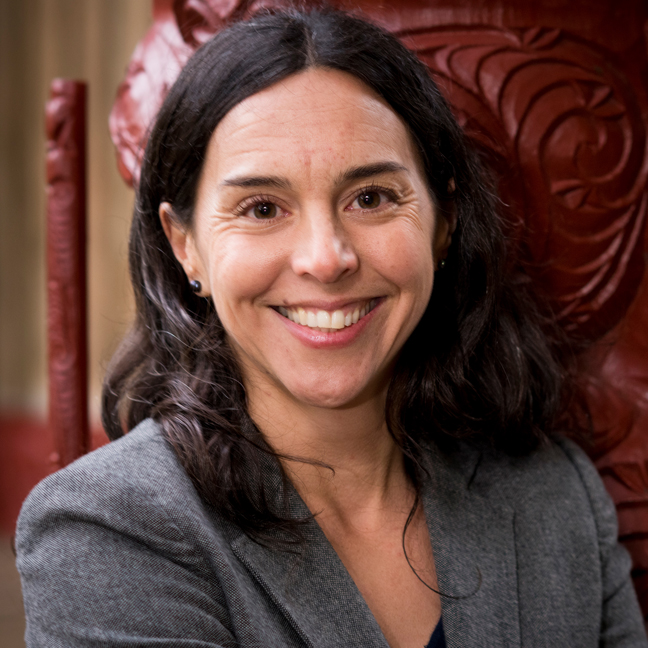Bringing back bush and birdsong to Horohoro maunga
Māori views and mātauranga of the environment have begun to be explored by researchers, but less is known of Māori-specific views about becoming predator-free.
A research collaboration between Victoria University of Wellington’s Te Kawa a Māui and Te Rūnanga o Ngāti Kea/Ngāti Tuara promises to change that by offering valuable insight into Māori views about how to achieve the government’s target for New Zealand to be predator-free by 2050, and ultimately bring back the bush and birdsong.
Led by Associate Professor Maria Bargh (Te Arawa (Ngāti Kea/Ngāti Tuara), Ngāti Awa), in partnership with Tame Malcolm of Te Tira Whakamātaki/Māori Biosecurity Network, and Kataraina George, Ngāti Kea/Ngāti Tuara Environment Manager, the project—Strengthening Māori Agency: Te Whakamaru o Horohoro Maunga—is funded by Ngā Pae o te Māramatanga/the Māori Centre of Research Excellence.
The project uses a case study—Horohoro maunga in the Bay of Plenty—to examine the nuances and variation of views, solutions and agency within one hapū (Ngāti Kea/Ngāti Tuara) and their interaction with government.
Ngati Kea/Ngāti Tuara once held mana whenua over approximately 50,000 acres of land, but now has only 4,000 acres, with 1,100 acres on Horohoro maunga. Although it has been a Māori reservation since 1974, Associate Professor Bargh says recent trapping suggests explosive numbers of pests including stoats, ferrets, possums, wallabies and rats on the mountain, hindering the ability of native species to flourish.
“This presents the hapū with a challenge to consider how to be active kaitiaki and revive the forest and bird life of Horohoro maunga.”
Associate Professor Bargh says they have been exploring the roles and accountabilities that Māori take on in relation to sustainable environmental practices and considering a much broader question about the contributions that Māori are entitled to make as tangata whenua in Aotearoa in terms of tackling problems and solutions in science and environmental contexts.
Working with her hapū means the research has been a whānau affair. Kataraina George is Associate Professor Bargh’s cousin so they are often taking uncles, aunties and other cousins and their children out to check traps and monitor pest numbers.
“While I’m responsible for the research outputs and writing reports I’m also out there nailing chew cards to trees in the bush!”
Half way through a two-year project, Associate Professor Bargh says they have established some baseline data and have held several hui with hapū members and those in the local community.
“We’ve now presented all options to the Rūnanga from trapping, toxins in bait stations, gene editing, to aerial 1080. They must now decide their solution to the challenging issue of pests, their control and their detrimental impact on Indigenous flora and fauna.”
Associate Professor Bargh says the value of these sorts of interdisciplinary collaborations is that academics and researchers aren’t just extracting information from community groups, but building capacity and conducting research that is community guided and very much needed.
“There are also longer-term benefits for both sides—summer research topics for postgraduate students and hapū having access to the latest research methods and information.”

